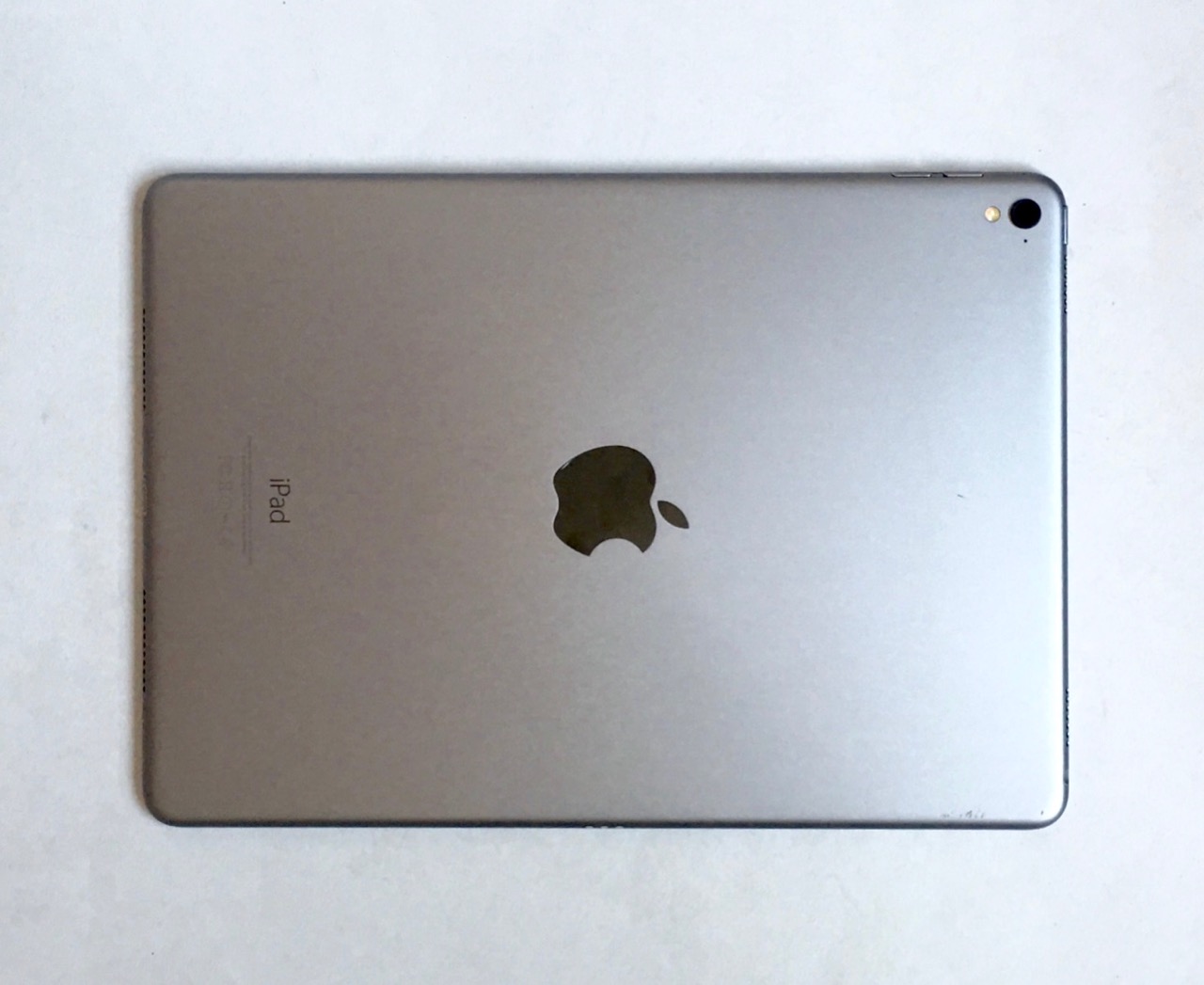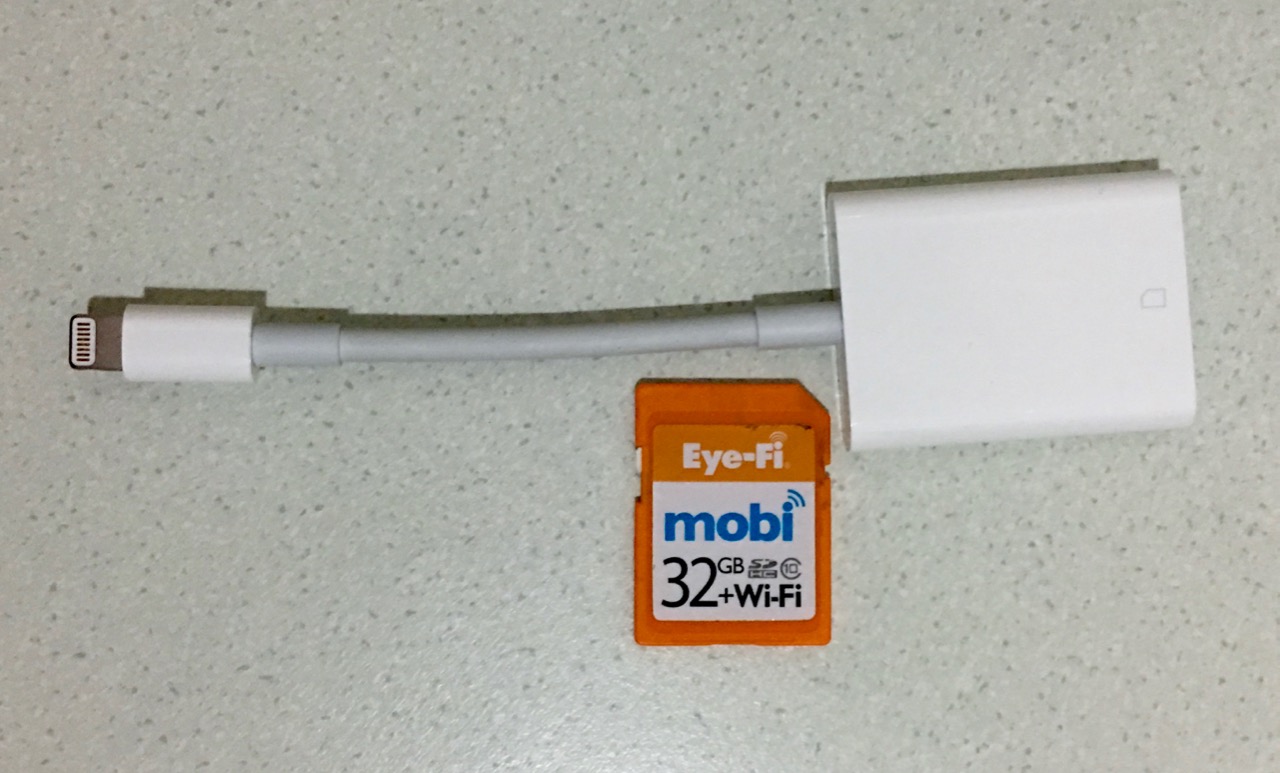Cassandra: External Storage - Industry Moves and iOS User Needs

AMITIAE - Wednesday 11 May 2016
|
Cassandra: External Storage - Industry Moves and iOS User Needs |
 |
|
|
By Graham K. Rogers
In the last few years WD has also picked up Hitachi and Skyera (a flash-based storage development company). Its main competitor, also with facilities in Thailand, is Seagate. Looking at the investment potential recently, Chris Lau (Seeking Alpha) suggested that while WD was on a firm footing for now, the outlook for Seagate was not so rosy particularly following the acquisition of SanDisk.

While many users had been using such storage for cameras and other like devices, the availability of larger storage, in some cases matching the SSD disks that come with some computers, will provide users with smaller portable devices adding considerable flexibility.

Users in these area will look to other forms of storage that allow them to carry the data they need and the SD card (or a small hard disk) is a good alternative when the cloud is not accessible. Users of certain Android devices have this luxury, but iOS users are not well-served.

Both WD and Samsung see the importance of such storage media to future device use. It would be useful if Apple were also to see the value of alternatives to the cloud and allow such access as a feature in future versions of iOS.

Graham K. Rogers teaches at the Faculty of Engineering, Mahidol University in Thailand. He wrote in the Bangkok Post, Database supplement on IT subjects. For the last seven years of Database he wrote a column on Apple and Macs. He is now continuing that in the Bangkok Post supplement, Life. |
|

For further information, e-mail to
Back to
eXtensions
Back to
Home Page